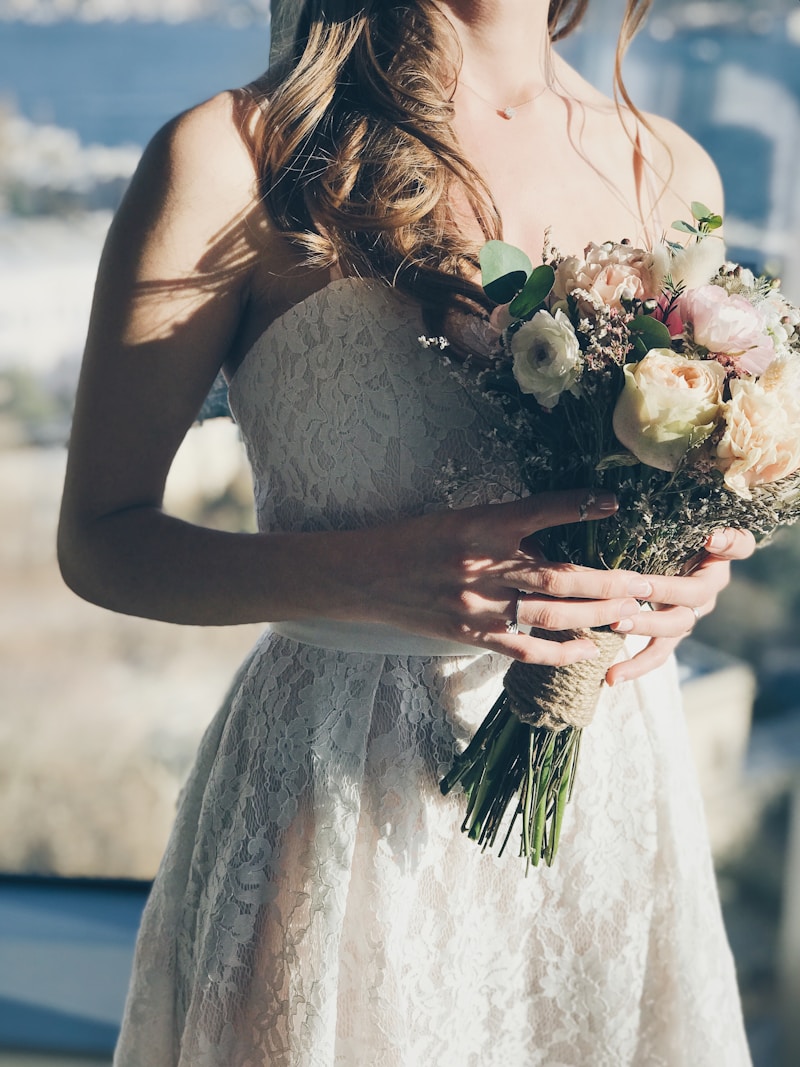Changing Gender Norms in Wedding Celebrations: A New Era of Equality and Expression
Changing Gender Norms in Wedding Celebrations: A New Era of Equality and Expression
Introduction
Weddings have traditionally been steeped in customs and rituals, many of which are influenced by long-standing gender norms. However, as society progresses, these norms are being challenged and redefined, paving the way for more inclusive and personalized wedding celebrations. In this article, we will explore the changing gender norms in wedding celebrations, how they manifest in contemporary practices, and the implications for couples today.
The Evolution of Gender Norms in Weddings
Historically, weddings were often designed around rigid gender roles. The bride was seen as the centerpiece, while the groom’s role was less highlighted. However, recent years have witnessed a significant shift in these dynamics. Couples are increasingly taking charge of their wedding celebrations, making choices that reflect their identities and values, rather than adhering to outdated traditions.
1. Breaking Traditional Roles
One of the most significant changes in wedding celebrations is the breaking of traditional gender roles. Today, we see brides who take on more active roles in planning and organizing their weddings, and grooms who are more involved in details that were traditionally seen as the domain of the bride.
| Traditional Roles | Changing Roles |
| Bride: Center of Attention | Equal Spotlight on Both Partners |
| Groom: Passive Participant | Active Planning and Participation |
| Bridal Party: All Female | Mixed Gender Wedding Parties |
2. Inclusivity and Diversity
Modern weddings are a celebration of love in all its forms. As same-sex marriage becomes more accepted worldwide, LGBTQ+ couples are enjoying the freedom to express their love without the confines of traditional gender norms. This inclusivity is reflected in wedding ceremonies that embrace diverse cultural practices, personalities, and values.

3. Personalization Over Tradition
Couples are increasingly opting for personalized wedding experiences, often moving away from prescribed rituals. This customization reflects their unique story as a couple, incorporating diverse elements from their backgrounds and interests. From themed weddings to bespoke decorations, personalization is spotlighting individual identities over outdated traditions.
Changing Attitudes on Wedding Attire
Wedding attire is another area where gender norms are being challenged. Traditionally, brides wore white dresses, while grooms opted for dark suits. However, many couples today are choosing to wear attire that truly reflects their personalities, regardless of gender norms. Here are some trends we are seeing:
- Bridal Suits and Tuxedos: Brides are breaking the mold by wearing suits or tuxedos, symbolizing strength and independence.
- Grooms in Dresses: Some grooms are choosing to wear dresses, showcasing their individuality and defiance of conventional norms.
- Neutral Colors: Couples are increasingly drawn to pastel and bold colors, moving away from the traditional white vs. black dichotomy.
The Role of Social Media in Changing Gender Norms
Social media platforms like Instagram and Pinterest have revolutionized wedding planning by providing a space for inspiration, sharing stories, and promoting non-traditional practices. Couples can easily connect with others who share their values and ideas, thereby encouraging more diverse forms of expression in their celebrations. This digital space allows for:
- Influencers Shaping Trends: Influential couples and wedding planners are redefining what a wedding looks like.
- Hashtag Movements: Platforms for showcasing LGBTQ+ weddings and other non-traditional ceremonies have gained traction.
- Gender-Neutral Planning: Many vendors are now adopting gender-neutral practices in their marketing and services.
Real-Life Examples of Changing Norms
Across the globe, numerous couples are embodying changing gender norms in their wedding celebrations. One notable example is the celebration of the first gender-neutral wedding in a prominent venue in London, where both partners to the marriage were able to express their identities freely, creating a day that was completely reflective of their shared values.
Another example comes from a recently married couple in Los Angeles, who opted for a complete carnival-themed wedding that showcased their favorite shared activities, rather than adhering to conventional wedding customs. They broke norms by having joint bridal parties, changing outfits throughout the event, and implementing elements of their favorite hobbies into the ceremony and reception.
The Impact of Changing Gender Norms on Relationships
As gender norms evolve in wedding celebrations, they also influence relationships. Couples are reflecting on their roles in their partnerships, leading to more open discussions about shared responsibilities and expectations. Some key impacts include:
- Better Communication: Couples are encouraged to communicate openly about their preferences and desires in their relationship.
- Equality in Decision-Making: With changing norms, both partners feel empowered to make decisions collaboratively.
- Enhanced Understanding: Couples today are more likely to respect and understand each other’s individual journeys and identities.
Conclusion
In summary, the shifts in gender norms in wedding celebrations reflect a broader movement towards equality, individuality, and inclusivity. As more couples embrace personalized ceremonies that break from tradition, we witness a transformation in what it means to celebrate love. Couples planning their weddings today should feel empowered to express themselves authentically, whether that means embracing traditional elements or forging entirely new paths. Weddings are about celebrating the unique bond between partners and recognizing that love transcends conventional boundaries. In navigating these changing norms, couples are encouraged to communicate openly and create a celebration that is genuinely reflective of their relationship.
Recommendations:
- Consider discussing and establishing shared values and preferences early in your wedding planning process.
- Explore diverse wedding styles that resonate with both partners.
- Don’t be afraid to break tradition if it doesn’t resonate with your relationship.
- Embrace the uniqueness of your love story as inspiration for your celebration.
